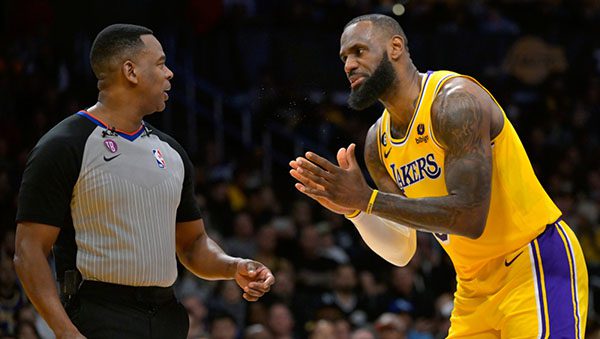Understanding American, European and British Soccer Betting Odds
by Keith, Professional Soccer/Football Handicapper, Predictem
Betting world football or soccer as it is called in the United States of America may seem like a fun, exciting and entertaining concept. Many football matches or “fixtures” as they are called, are often full of drama and theatrics, typically settled by one or two scores or moments of brilliance. While the objective may be the same, there are many differences to betting odds and how victors are determined in various tournaments. To enhance the betting experience or further gauge understanding of critical elements of approaching many football fixtures, here are some aspects that must be taken in to consideration.
American Odds vs. European Odds vs. British Odds
When you bet many football matches or gather information on the fixtures of the day, you may not get your typical American odds that you see on many leading bookmakers for NFL or NBA contests. Football is a cash sport, which means all bets are entirely made in money line markets. With this being said, let us provide you an example of a hypothetical market you may encounter in an English Premier League match-up:
Chelsea 4/7
Draw 6/4
Arsenal 9/5
This market is presented in what is called the UK or British Odds system which utilizes fractional odds. To convert these numbers to the American system we typically see, divide the fractions to determine a value and then multiple your stake by that number to determine your potential winnings. Let us assume that in this situation, you were to place a bet of $50 on Arsenal for the win. You would divide 9 by 5 which equals 1.8 and multiply by that $50 to determine your ROI if the bet were successful. After finishing the equation, it would be determined you would stand to win $90 if Arsenal were to win against Chelsea.
STOP WASTING YOUR HARD EARNED MONEY! START BETTING SOCCER (AND ALL SPORTS) AT DISCOUNTED ODDS AT 5DIMES SPORTSBOOK!
To convert this number to an American Money Line market, simply remove the decimal point and add a zero to the figure. So 9/5 = 1.8 or +180 in an American Money Line offering. The conversion is a bit different for favorites with heavy juice but more or less aligns with the same principle. For example a favorite offered at 1/5 in the UK system would be a -500 favorite in the American system or 1.2 in the European System. The UK system is a fraction, the EU system is a decimal and the American system is the denominator multiplied by 100 with a minus sign attached to it.
European Odds
Perhaps the trickier question is what are European Odds and how do you determine their value? This is easier than it appears. Let us go back to that hypothetical Chelsea/Arsenal market and the Arsenal offering in American odds to illustrate how the conversion can be executed:
Arsenal +180
Simply revert the Arsenal odds back to a decimalized figure or 1.8 and then add 1. This should give you a value of 2.8. European odds include the stake itself in to the ROI whatever that stake may be. So if you were to place a bet of $50 on Arsenal, the return would be composed as Potential Winnings -$140, including your wager. To summarize, the big difference between the US and the EU or UK systems is that the US system tells you how much money you need to put down to make $100 on a favorite or how much you stand to make if you put a $100 on a pooch. The UK or EU system simply requires a punter to do a mathematical equation to determine their return on any outcome they back.
Aggregate – The term aggregate is frequently used in many tournaments. In several world soccer tournaments, two teams will play each other once on each squad’s “pitch” or field. The winner is not determined by who wins the fixtures, but rather who scores the most goals in both fixtures combined . So for example, Chelsea and Arsenal may play one match on each other’s pitch and Chelsea may lose to Arsenal 0-2 in the first “leg” at Chelsea and then they may win the second leg at Arsenal, 4-1 and win the series by virtue of the aggregate or totals goal scored (4-3). This a common practice found in many tournaments across Europe, Africa and Asia.
Group Stages – Some tournaments first feature a group stage where the constituents are divided in to groups and play against each other in a round robin format. A win often results in 3 points, a draw in 1 point and a loss in 0 points. The winner of each group is the team that acquires the most points, so there may in fact be a team that plays three games against their group, wins just one game and draws the remaining two to accumulate five points and wins the group outright. Typically the runner-up also moves ahead to the next round but plays the top-seed from a corresponding group.








